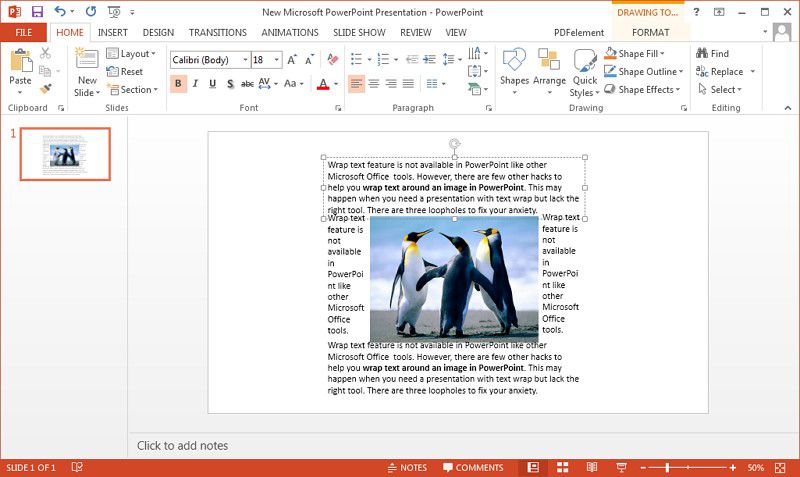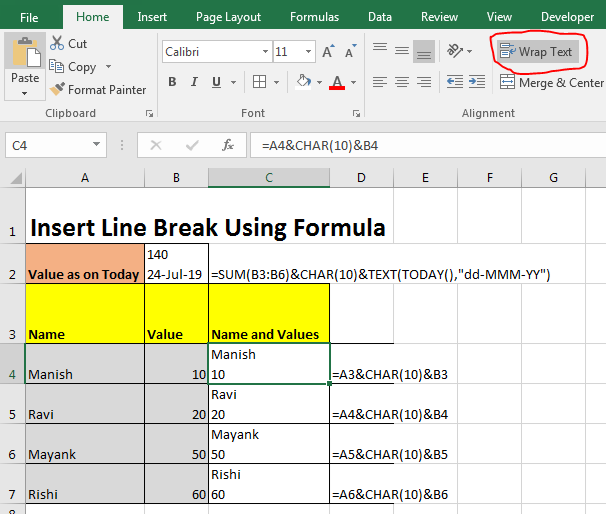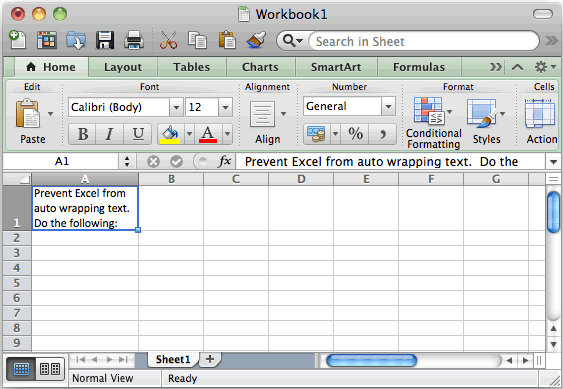
When you apply ‘Wrap Text’ to any cell, Excel determines the line breaks based on the width of the column. Inserting Line Break (Manually, Using Formula, or Find and Replace) In case you change the column width, the text will also adjust to ensure it fits the column width automatically. When you use the above method, Excel uses the column width to decide how many lines you get after wrapping.ĭoing this makes sure that anything that you have in the cell is confined within the cell itself and doesn’t overflow. How Does Excel Decide How Much text to Wrap NOTE: You can also use the keyboard shortcut Control + 1 to open the ‘Format Cells’ dialog box. Since the Format Dialog box gives you access to all the formatting options, this may end up saving you some time. In most cases, you should not be using this method, but it can be useful when you want to change a couple of formatting settings. Now if you’re thinking why to use this twisted long method when you can use a keyboard shortcut or a single click on the ‘Wrap Text’ button in the ribbon. The above steps would wrap the text in the selected cells. In the ‘Format Cells’ dialog box that opens, select ‘Alignment’ tab (if not selected already).In the Alignment group, click on the Alignment Setting dialog box launcher (it’s a small ’tilted arrow in a box’ icon at the bottom right of the group).


In the Alignment group, click on the ‘Wrap text’ button.Īll it takes it two-click to quickly wrap the text.Select the entire dataset (column A in this example).

Suppose you have the dataset as shown below where you want to wrap text in column A. Since this is something you may need to do quite often, there is easy access to quickly wrap the text with a click on a button. The Column Width is Already Wide enough.Excel Text Wrap Not Working – Possible Solutions.Inserting Line Break (Manually, Using Formula, or Find and Replace).How Does Excel Decide How Much text to Wrap.


 0 kommentar(er)
0 kommentar(er)
